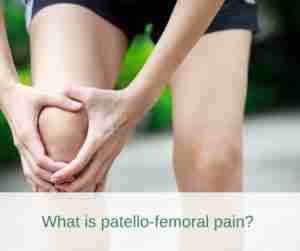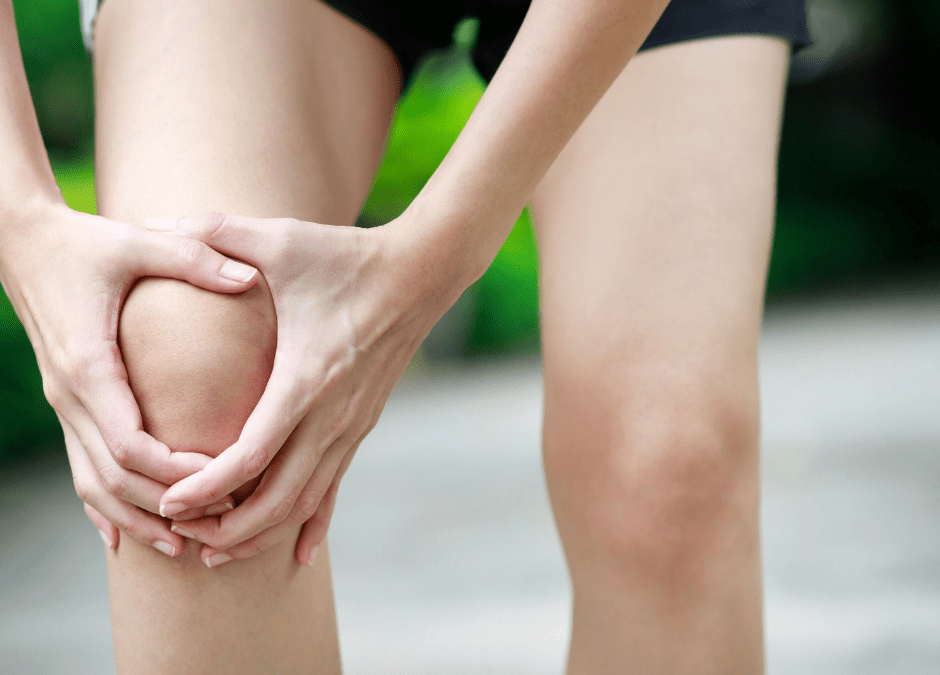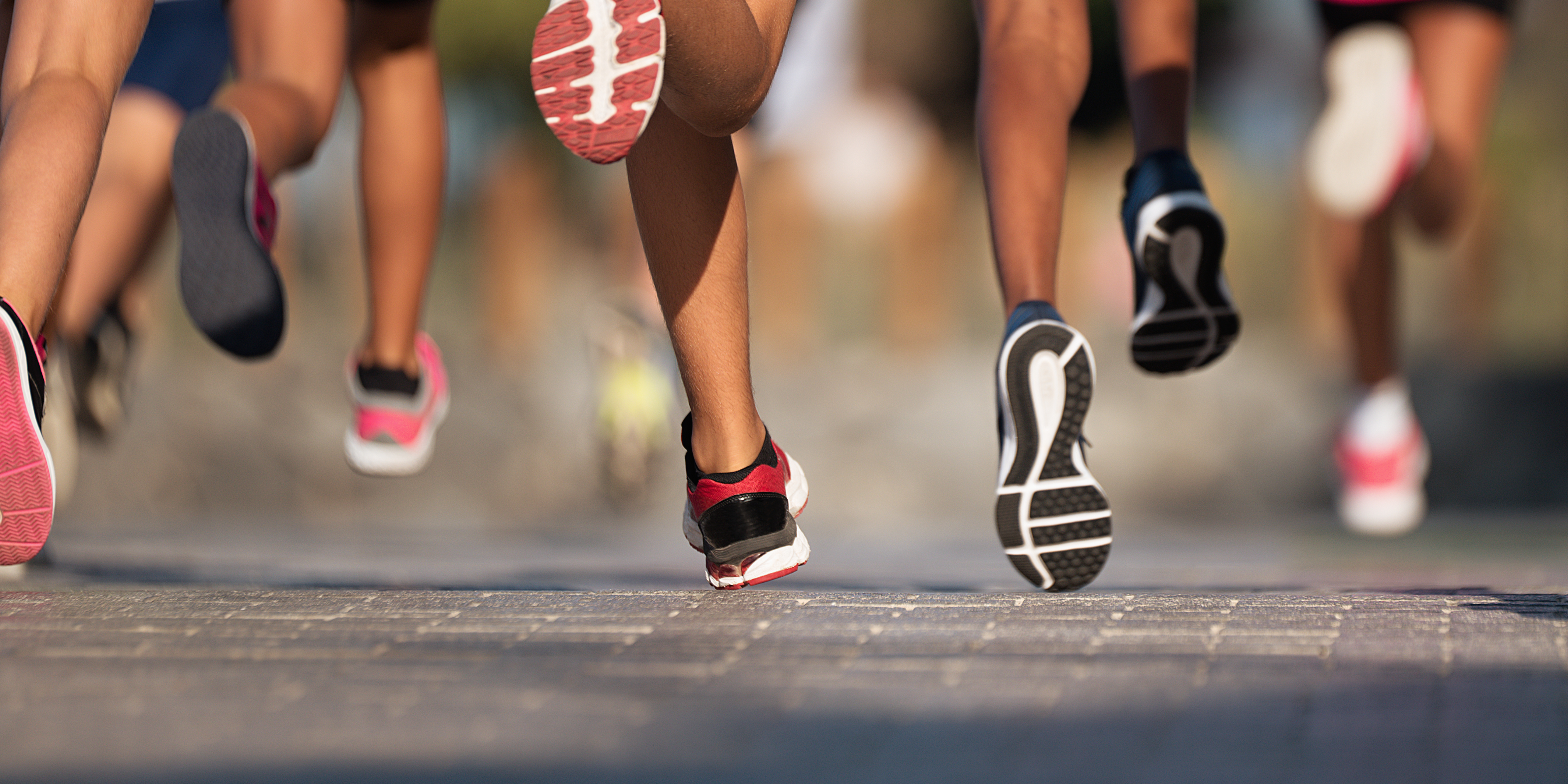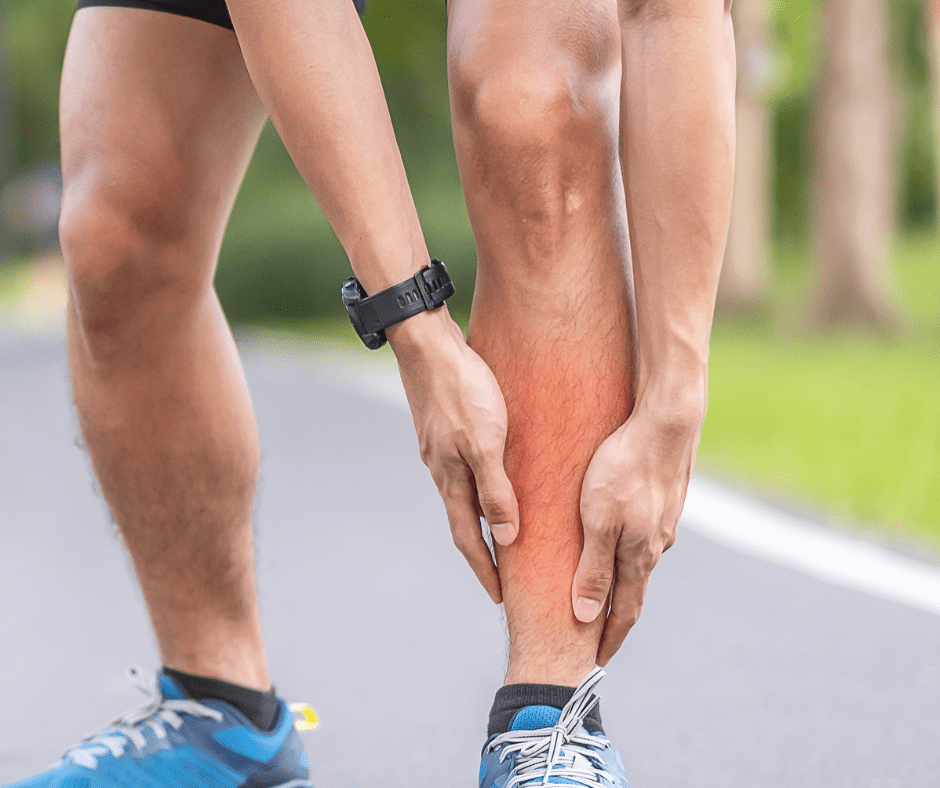What is patello-femoral pain (PFP)?
Patello-femoral pain in an umbrella term that encompasses multiple pathology such as cartilage lesion and patella bone marrow oedema and progression of synovitis. There may be fissuring and fibrilation of the articular cartilage of the trochlea and / or patella cartilage. The presentation of an obese teenage girl with hypermobility / hyperextension will need to be managed differently to a thin 50-year-old distance runner.
There may be crepitus as well as pain, however cartilage is a-neural so cartilage fibrillation won’t cause pain. Anterior knee pain is non-descript and chodromalecia patella is a descriptive term for retropatella fibrillation and fissuring graded 1-4. This condition is now known as patella-femoral pain.
Classic signs include pain with prolonged sitting – cinema sign. This type of PFP is a compression issue not a stability or movement issue and may be due to tight quads. If crossing the legs makes it worse this may be due to compression of the patella laterally or superior lateral fat pad.

What are the symptoms of PFP?
- Diffuse anterior / retro-patella pain. Can refer to popliteal fossa
- Localised tenderness unusual
- Aggravated by stairs, squats, sit to stand
- Worse with flexion / seated flexion (cinema sign) / loaded flexion
- Likes to stand, be in hyper-extension
- Dislikes heels
- Rarely swollen
Pain with walking up hill or downstairs could be due to DF and calf length or poor eccentric strength of the quads, up-stairs could be more due to quad and glute strength. PFP can be accompanied by crepitus – cracking and creaking of the patella on movement. This can often be more of a bother than the pain and may also cause a lot of fear avoidance in people. However, it is quite normal, and we need to separate the pain from the noise. We will very often get the pain better, but the noise may remain and is not causing damage.
It can be:
- Fluid moving through fibrillated cartilage
- Cavitation of gas within the PFJ
- Patella clunking around
- Friction
Risk factors for PFP include:
- Excess PFJ loading (obesity / training load)
- Pronated foot type
- Anteverted femur
- Poor proximal control around the glutes
- Muscle imbalance – tight calf and quads and weak quads
- Hypermobility
- Patella Alta
- Obesity (increased cytokine production)
Patella Alta describes the patella sitting too high. This is a congenitally longer patella tendon. The length of the patella and patella tendon should be 1:1. Going into knee flexion takes longer for the patella to descend into the trochlea and is therefore more unstable. Target the unstable position with strength exercises – 0-40d. Use isometrics and avoid excess pain.
Treatment for PFP
First, have an assessment such as a Run Fit or Sports Injury Assessment and Treatment. Based on what we find we may recommend strengthening the VMO and quads. Hypertrophy causes a change in pennation angle and greater muscle fibre attachment to the patella. This helps to medialise and stabilise the patella. Muscle stimulation whilst doing strength exercises also increases pennation angle of VMO on the patella and has a greater effect than strengthening alone.
Obesity not only increases mechanical load through the knee, but obesity increases pro-inflammatory cytokines into the body. The fat pad can feed inflammatory chemicals directly into the knee joint and can exacerbate OA. Synovitis increased in obese people and cartilage lesions greater in the PFJ than the TFJ.
Ultrasound guided injections for PFP
We can use ultrasound guidance to inject either steroid, PRP or hyaluronic acid in to the knee joint to help settle PFP that is not responding to physiotherapy or that shows mild to moderate arthritic changes on x-ray or MRI.




